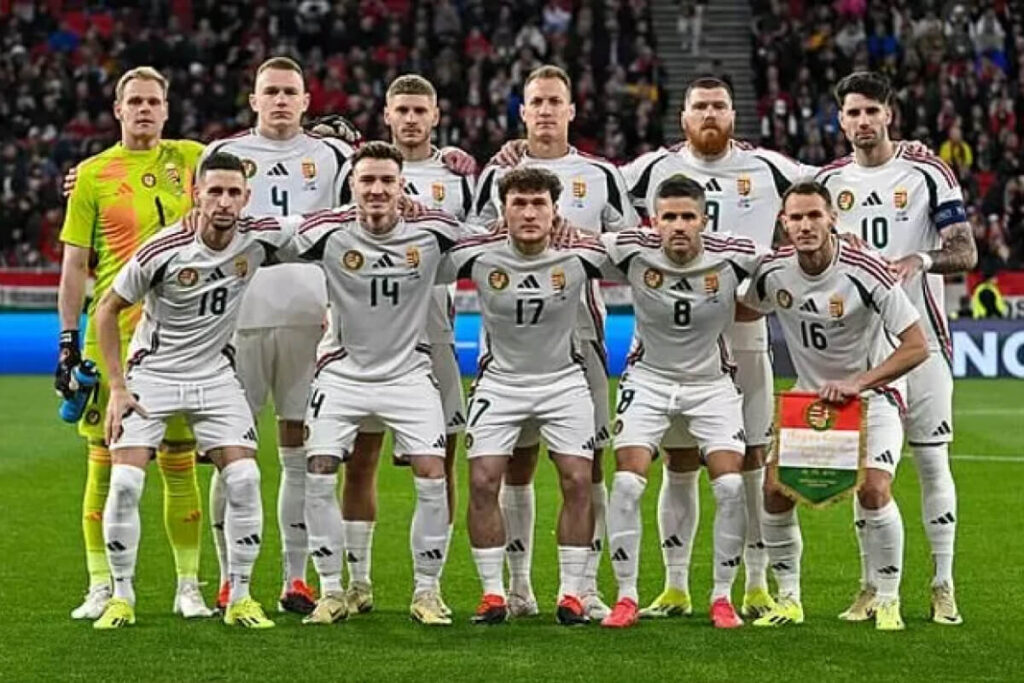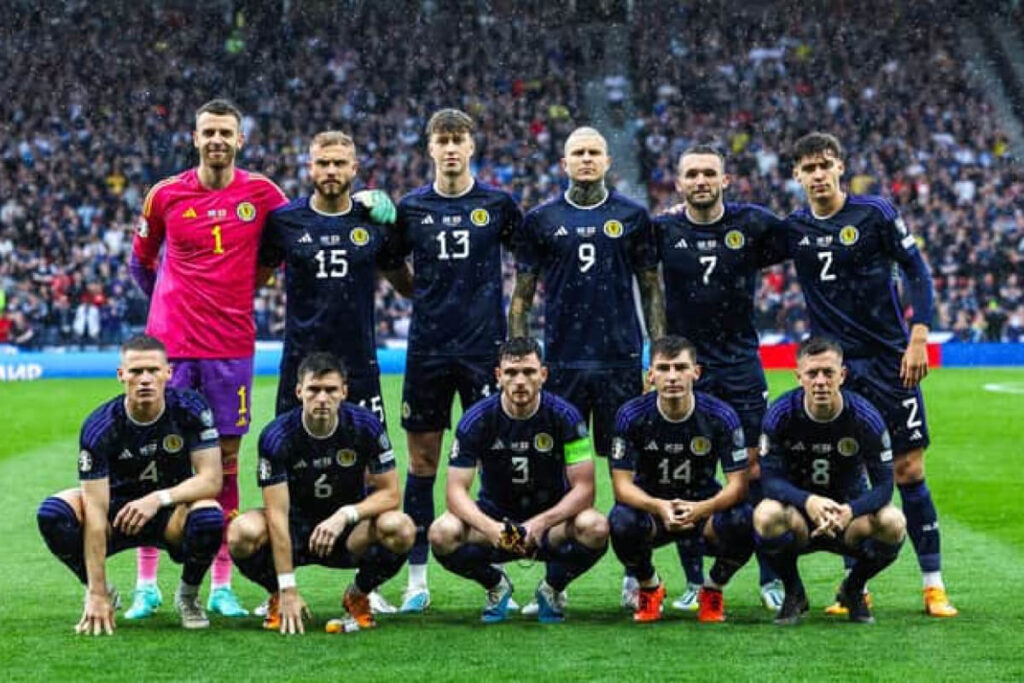The Hungary vs. Scotland match in Euro 2024 is shaping up to be one of the most intriguing fixtures in the group stage. Both teams, known for their passionate play and rich footballing histories, are set to clash in what promises to be a high-stakes encounter. This analysis will delve into the teams’ tactical setups, key players, historical context, and the potential impact of this match on their tournament progression.
Hungary: Resurgence and Determination

Hungary has experienced a footballing renaissance in recent years, characterized by a blend of seasoned professionals and promising young talents. Their tactical approach under coach Marco Rossi has evolved to balance defensive solidity with dynamic attacking play.
Tactical Setup
Hungary typically lines up in a 3-5-2 formation, which allows them to be flexible in both defense and attack. This system provides the team with width, thanks to wing-backs who are crucial in transitioning from defense to attack. The midfield trio, led by the creative Dominik Szoboszlai, controls the tempo of the game, while the two forwards are tasked with pressing high and exploiting any defensive lapses from the opposition.
Key Players
- Péter Gulácsi (Goalkeeper): A reliable shot-stopper, Gulácsi’s experience and leadership are invaluable to Hungary’s defense.
- Dominik Szoboszlai (Midfielder): The creative heart of the team, Szoboszlai’s vision and set-piece prowess make him a constant threat.
- Roland Sallai (Forward): Known for his agility and finishing, Sallai is crucial in breaking down defenses and creating scoring opportunities.
Scotland: Grit and Passion

Scotland, under the stewardship of Steve Clarke, has become a team renowned for its resilience and tactical discipline. The Scots are known for their tenacity and ability to perform in high-pressure situations, attributes that will be vital in their Euro 2024 campaign.
Tactical Setup
Scotland often employs a 3-4-3 formation, which allows them to be solid at the back while providing enough attacking options to challenge opponents. The wing-backs play a crucial role in both defense and attack, while the midfield duo is responsible for breaking up play and launching counter-attacks. Up front, the attacking trio is tasked with pressing high and creating goal-scoring opportunities through quick, incisive play.
Key Players
- Andrew Robertson (Defender): The captain and defensive stalwart, Robertson’s leadership and crossing ability are key assets for Scotland.
- John McGinn (Midfielder): A box-to-box midfielder, McGinn’s energy and goal-scoring ability from midfield provide Scotland with a vital attacking edge.
- Lyndon Dykes (Forward): Known for his physicality and aerial presence, Dykes is a crucial outlet in attack and a constant threat in set-piece situations.
Tactical Battle
Hungary’s Game Plan
Hungary’s success will largely depend on their ability to control the midfield and exploit the wings. Szoboszlai’s role as the playmaker will be crucial in breaking down Scotland’s disciplined defense. The Hungarian wing-backs will need to provide width and deliver quality crosses to the forwards. Defensively, Hungary must remain compact and organized to neutralize Scotland’s attacking threats.
Scotland’s Strategy
Scotland will aim to disrupt Hungary’s rhythm with their high pressing and physical play. Robertson and the wing-backs will be key in stretching the Hungarian defense and creating space for the forwards. McGinn’s ability to make late runs into the box could be decisive, especially in set-piece situations where Scotland has traditionally been strong. Defensively, Scotland must be vigilant in marking Szoboszlai and cutting off his supply lines.
Key Matchups
- Dominik Szoboszlai vs. John McGinn: This midfield battle will be pivotal. Szoboszlai’s creativity against McGinn’s tenacity could dictate the flow of the game.
- Andrew Robertson vs. Hungary’s Right Wing: Robertson’s forward runs and defensive capabilities will be tested against Hungary’s wide play. His performance could significantly influence Scotland’s attacking and defensive transitions.
- Péter Gulácsi vs. Lyndon Dykes: In goal, Gulácsi will need to be at his best to stop Dykes, who will look to use his aerial prowess and physicality to trouble the Hungarian defense.
Predictions and Potential Outcomes
Given the strengths and weaknesses of both teams, the Hungary vs. Scotland match is likely to be a tightly contested affair. Hungary’s tactical flexibility and creative midfield give them a slight edge in breaking down Scotland’s defense. However, Scotland’s physicality and set-piece prowess could pose significant challenges for Hungary.
A potential outcome could see Hungary edging a narrow victory, utilizing their midfield dominance and attacking flair. Alternatively, Scotland’s resilience and ability to capitalize on set-pieces could result in a hard-fought draw.
Conclusion
The Hungary vs. Scotland match in Euro 2024 is more than just a group stage encounter; it’s a clash of footballing philosophies and national pride. Both teams will bring their unique strengths to the fore, promising a match filled with tactical intrigue, individual brilliance, and collective determination. As fans, we are in for a treat as these two nations battle it out on the grand stage of European football.
The result of this match will have significant implications for Group A. A win for either team would boost their chances of advancing to the knockout stages, while a draw would keep the group wide open, adding to the suspense and excitement of the remaining fixtures.